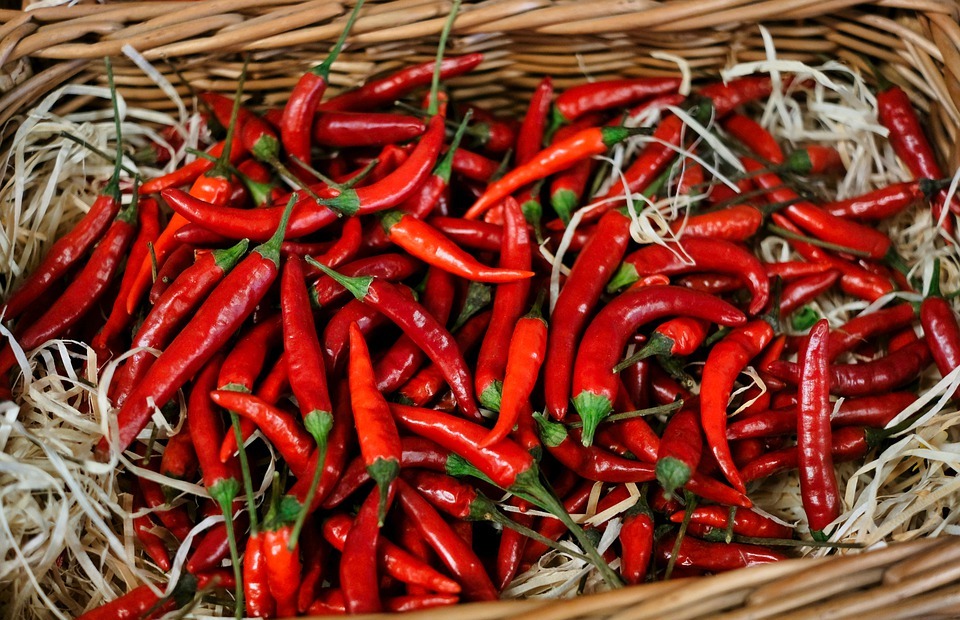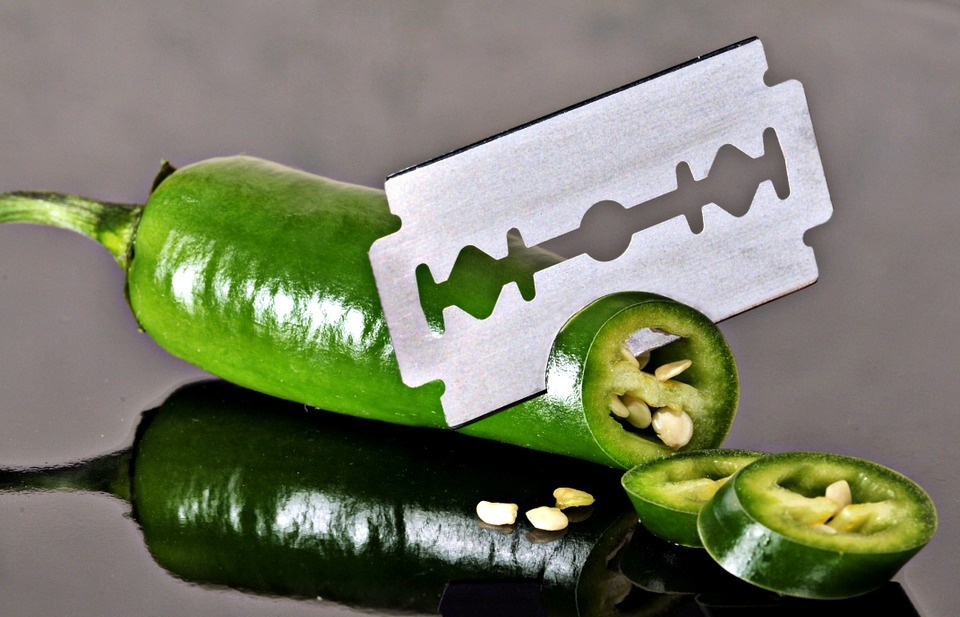This article investigates the safety of pepperoni for cats, providing a comprehensive overview of potential risks, benefits (or lack thereof), and alternative treats. It offers insights from veterinary experts, explores the nutritional content of pepperoni, and provides practical advice on keeping your feline companion healthy.
Part 1: Unveiling the Nutritional Profile of Pepperoni

1.1. The Composition of Pepperoni: A Closer Look
Pepperoni, a popular cured meat, is typically a blend of pork and beef, seasoned with spices, and often containing nitrates and nitrites as preservatives. It's notably high in sodium, fat, and protein. While it may seem like a tempting treat for your feline friend, the nutritional profile of pepperoni presents several concerns.
1.2. Nutritional Deficiencies in Pepperoni for Cats
Pepperoni lacks essential nutrients that are crucial for a cat's health, including:
- Taurine: An amino acid vital for heart health, vision, and reproductive function.
- Arachidonic Acid: An omega-6 fatty acid crucial for skin and coat health.
- Vitamin A: Essential for vision, immune function, and growth.
Part 2: The Potential Risks of Pepperoni for Cats

2.1. Sodium Overload: A Threat to Feline Health
Cats are highly sensitive to sodium, and even small amounts can lead to a range of problems. Excessive sodium intake can result in:
- Dehydration: Sodium disrupts the body's fluid balance, leading to dehydration.
- Vomiting and Diarrhoea: These symptoms indicate digestive upset caused by sodium overload.
- Kidney Problems: Chronic sodium intake can put stress on the kidneys, potentially leading to long-term health issues.
2.2. Fat Overload: A Gateway to Weight Gain and Pancreatitis
The high fat content of pepperoni can contribute to:
- Weight Gain: Excess calories from fat can lead to obesity, putting cats at risk for various health problems.
- Pancreatitis: A serious inflammation of the pancreas, often triggered by high-fat diets, which can be fatal.
- Digestive Issues: High fat intake can cause diarrhoea, vomiting, and other digestive discomfort.
2.3. The Danger of Spices: Garlic, Onion, and Other Culprits
Some spices commonly used in pepperoni, such as garlic and onion, are toxic to cats. These ingredients can cause:
- Anemia: Garlic and onion contain compounds that damage red blood cells, leading to anemia.
- Gastrointestinal Upset: These spices can cause vomiting, diarrhoea, and other digestive problems.
2.4. The Role of Nitrates and Nitrites: A Potential Cancer Risk
Nitrates and nitrites, preservatives often found in pepperoni, have been linked to the formation of carcinogenic compounds in the body. While research on the impact of these compounds on cats is limited, it's prudent to minimize exposure.
Part 3: Exploring the (Limited) Potential Benefits of Pepperoni for Cats
3.1. A Fleeting Source of Protein: Not a Complete Solution
While pepperoni does contain some protein, it's not a suitable primary source of this essential nutrient for cats. Cats require a balanced diet rich in animal-based proteins, which pepperoni cannot provide.
3.2. The Importance of a Balanced Diet: Commercial Cat Food as the Foundation
Veterinarians strongly recommend feeding cats a commercially prepared diet designed specifically for their needs. These foods are formulated to provide a complete and balanced range of essential nutrients, including:
- Protein: High-quality animal-based proteins, essential for growth, muscle development, and overall health.
- Fat: Healthy fats provide energy and support various bodily functions.
- Vitamins and Minerals: A balanced mix of vitamins and minerals is vital for maintaining optimal health.
Part 4: Expert Opinions: What Veterinarians Say about Pepperoni for Cats
4.1. The Vet's Perspective: A Strong Warning
Veterinarians unanimously advise against feeding pepperoni to cats due to the potential health risks. They emphasize the importance of providing a tailored diet based on individual needs.
4.2. The Importance of a Vet-Approved Diet: Tailoring Nutrition for Your Cat
A veterinarian can assess your cat's specific needs and recommend a diet that meets their individual requirements. Factors such as age, breed, activity level, and medical conditions play a role in determining the optimal dietary plan.
4.3. The Dangers of Human Foods: Why Cats Need a Specialized Diet
Cats are obligate carnivores, meaning their bodies are designed to digest animal-based proteins and fats. Many human foods, including pepperoni, can cause digestive upset, nutritional deficiencies, and even toxicity in cats.
Part 5: Safe and Healthy Alternatives to Pepperoni for Your Feline Friend
5.1. The Power of Cat-Specific Treats: A Delicious and Safe Choice
Instead of pepperoni, consider offering commercially available cat treats designed to be healthy and palatable. These treats often contain:
- High-Quality Protein: Provides essential amino acids for muscle growth and maintenance.
- Limited Fat: Keeps your cat's weight in check and reduces the risk of pancreatitis.
- Essential Vitamins and Minerals: Provides supplemental nutrients for optimal health.
5.2. Homemade Treats: A DIY Approach with Vet Approval
With guidance from a veterinarian, you can prepare homemade treats using cat-safe ingredients. Options include:
- Cooked Chicken: A lean protein source that cats love.
- Fish: Rich in omega-3 fatty acids, beneficial for skin and coat health.
- Cooked Vegetables: Can add variety and essential nutrients, but should be offered in moderation.
5.3. Interactive Feeding: Enriching Mealtimes for Your Cat
Consider using puzzle feeders or other interactive feeding methods to engage your cat mentally and make mealtimes more stimulating. This can help:
- Reduce Boredom: Cats can become bored with routine mealtimes, leading to destructive behaviours.
- Promote Mental Stimulation: Provides mental challenges that can keep cats engaged.
- Slow Down Eating: Encourages slower eating, which can reduce the risk of digestive issues.
Part 6: Training Your Cat to Avoid Human Food: A Crucial Step
6.1. Positive Reinforcement: Teaching Your Cat What's Off-Limits
Training your cat to avoid human food can prevent accidental ingestion and ensure their health. Positive reinforcement methods, such as treats or praise, can be effective in teaching your cat what foods are acceptable and which are off-limits.
6.2. Keeping Food Out of Reach: A Safety Precaution
Store human food properly and keep it out of your cat's reach. This includes:
- Storing Food in Sealed Containers: Prevents tempting smells from attracting your cat.
- Keeping Counters Clean: Avoid leaving food unattended on countertops, where your cat may be tempted to explore.
- Securing Trash Cans: Use secure trash cans with lids that your cat cannot open.
Part 7: Recognizing Signs of Illness in Cats: Staying Vigilant7.1. Monitoring for Changes: Early Detection is Key
It's crucial to be attentive to any changes in your cat's behaviour or health. Early detection of illness can significantly impact the outcome of treatment.
7.2. Common Signs of Illness in Cats: A Guide for Concerned Owners
- Vomiting or Diarrhoea: Can indicate food poisoning, digestive upset, or other underlying health issues.
- Lethargy or Loss of Appetite: These symptoms can be associated with various illnesses.
- Changes in Urination or Defecation: Can signal urinary tract infections or other problems.
- Excessive Panting or Difficulty Breathing: Can indicate respiratory distress.
Part 8: Seeking Professional Veterinary Care: When to Seek Help
8.1. When to Contact Your Veterinarian: Don't Delay
If you suspect your cat has ingested pepperoni or is exhibiting any signs of illness, it's vital to contact your veterinarian immediately. They can assess the situation and provide appropriate advice or treatment.
8.2. The Value of Regular Veterinary Check-Ups: Ensuring Your Cat's Well-being
Regular veterinary check-ups are crucial for maintaining your cat's overall health and detecting potential problems early on. These visits allow your veterinarian to:
- Monitor Your Cat's Health: Detect any subtle changes that may indicate underlying health issues.
- Provide Preventive Care: Administer vaccinations, deworming medications, and other preventive measures.
- Offer Personalized Advice: Provide guidance on diet, exercise, and other aspects of your cat's care.
Part 9: FAQs: Addressing Common Questions About Pepperoni and Cats
9.1. Can My Cat Have a Tiny Piece of Pepperoni?
It's generally not recommended to give your cat any pepperoni, even a small piece. The potential risks outweigh any potential benefits, and even a tiny amount could cause digestive issues or toxicity.
9.2. What Happens if My Cat Eats Pepperoni?
If your cat accidentally eats a small piece of pepperoni, monitor them closely for any signs of illness, such as vomiting, diarrhoea, or lethargy. If you notice any concerning symptoms, contact your veterinarian immediately.
9.3. Is Pepperoni Poisonous to Cats?
While pepperoni itself isn't considered "poisonous" in the traditional sense, it can be harmful to cats due to its high sodium content, fat content, and the presence of spices and preservatives that can be toxic.
9.4. Can Cats Eat Other Cured Meats?
Cured meats, such as ham, bacon, and salami, are generally not safe for cats due to similar concerns as pepperoni: high sodium content, fat content, and potential for toxicity from spices and preservatives.
9.5. How Can I Stop My Cat from Eating Human Food?
Keep human food out of reach of your cat, store food properly, and teach your cat to avoid begging for food. Positive reinforcement methods can be effective in discouraging unwanted behaviour.
9.6. What are some other human foods that are dangerous for cats?
Aside from pepperoni and cured meats, there are many other human foods that are harmful to cats, including:
- Chocolate: Contains theobromine, which is toxic to cats.
- Grapes and Raisins: Can cause kidney failure in cats.
- Onions and Garlic: Can cause anemia and digestive problems.
- Macadamia Nuts: Can cause weakness, tremors, and paralysis.
- Alcohol: Can be fatal to cats, even in small amounts.
- Caffeine: Found in coffee, tea, and chocolate, can cause restlessness, vomiting, and diarrhoea.
Part 10: Conclusion: Prioritizing Your Cat's Health
Remember, your cat's health is your top priority. By providing a balanced diet, avoiding human food, and seeking professional veterinary care, you can ensure your feline friend enjoys a long and healthy life.
Everyone is watching

Are Cat Ribs Flexible? Understanding Their Anatomy
CATS & KITTENSThis article delves into the fascinating world of feline anatomy, exploring the flexibility of cat ribs and ho...

Can Cats Eat Bananas? (Everything You Need to Know)
CATS & KITTENSThis article dives into the intriguing question of whether cats can safely enjoy the sweet, yellow fruit, bana...

Cat Lifespan: How Long Do Cats Live?
CATS & KITTENSThis comprehensive guide explores the factors influencing the lifespan of our feline companions, providing ins...

Can Cats Get COVID-19? What You Need to Know
CATS & KITTENSThis article will delve into the fascinating world of feline COVID-19 susceptibility. We'll explore whether ca...

Can Cats Eat Eggs? A Complete Guide to Egg Safety for Your Feline Friend
CATS & KITTENSWhen it comes to treating our furry companions, we all want to ensure we're doing what's best for them. Eggs...
